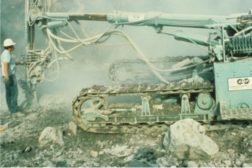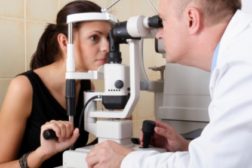Environmental Health and Safety
Public hearings on OSHA’s silica proposal get underway
Dozens of associations and experts scheduled to speak
March 20, 2014
Higher earners more likely to have paid sick leave
Data shows more than 41 million U.S. workers lack access
March 10, 2014
Public health experts aim to reduce costs, improve worker health care
Initiative says certain tests, treatments are unnecessary - and some even harmful
March 4, 2014
Become a Leader in Safety Culture
Build your knowledge with ISHN, covering key safety, health and industrial hygiene news, products, and trends.
JOIN TODAYCopyright ©2025. All Rights Reserved BNP Media.
Design, CMS, Hosting & Web Development :: ePublishing








